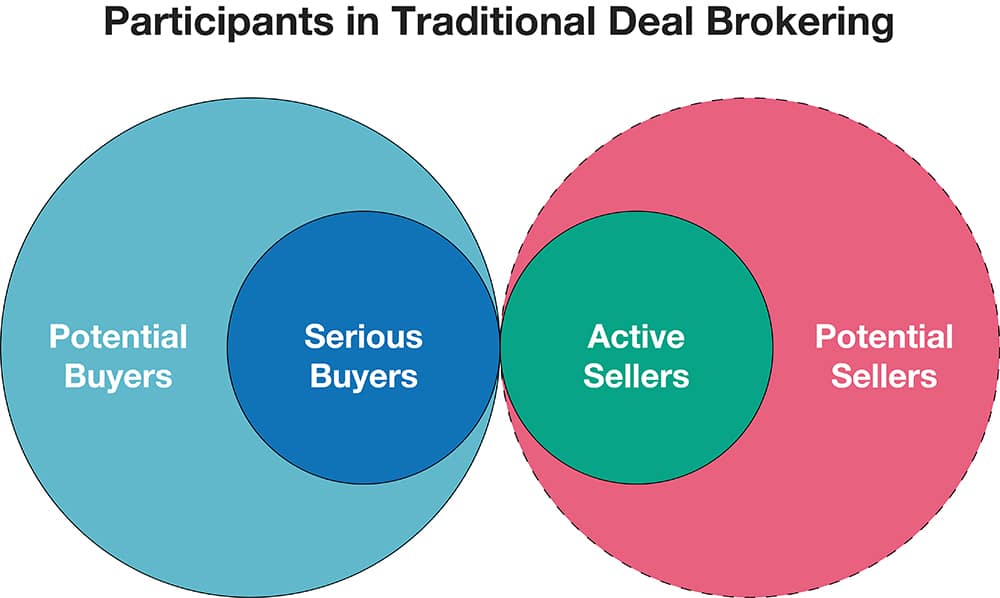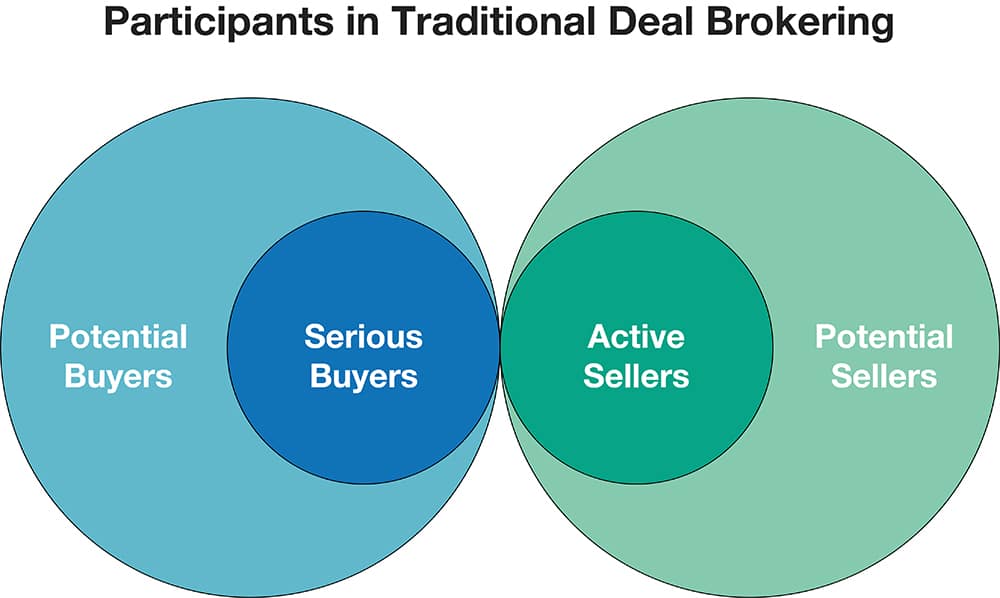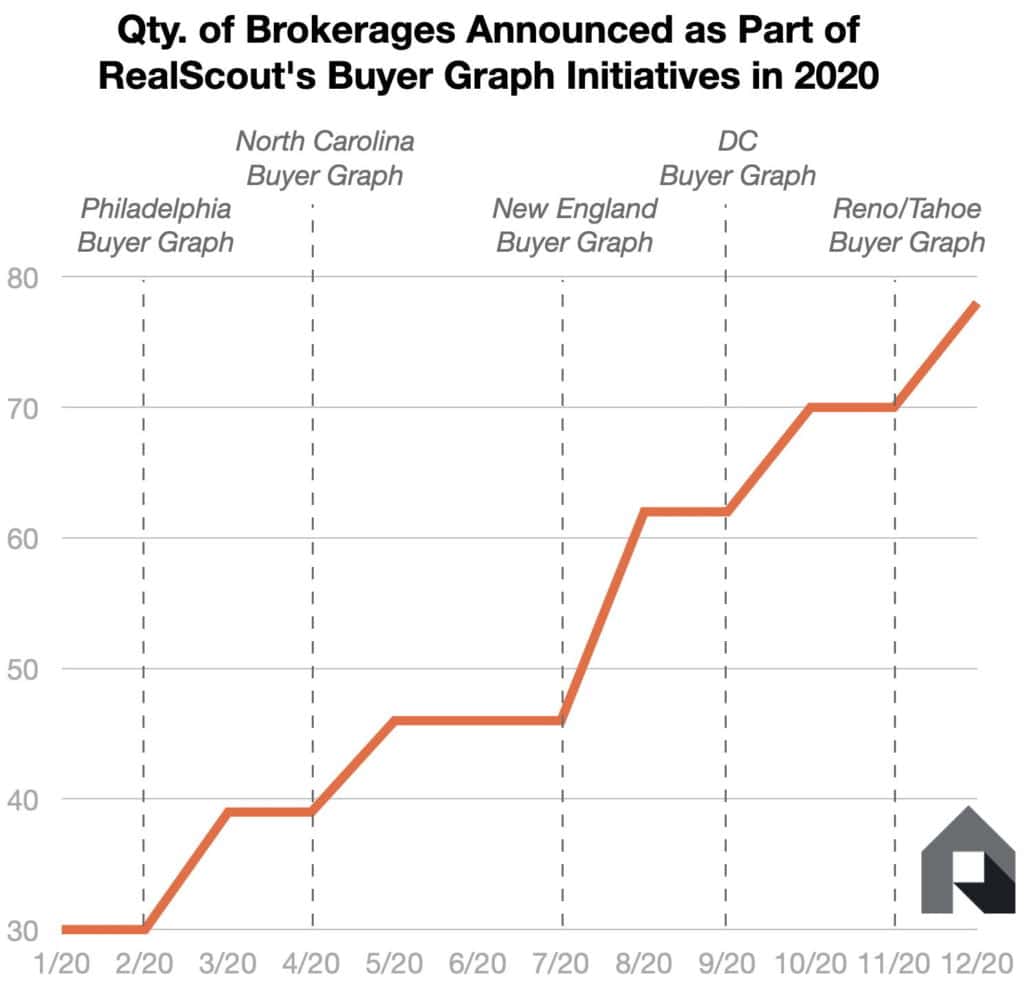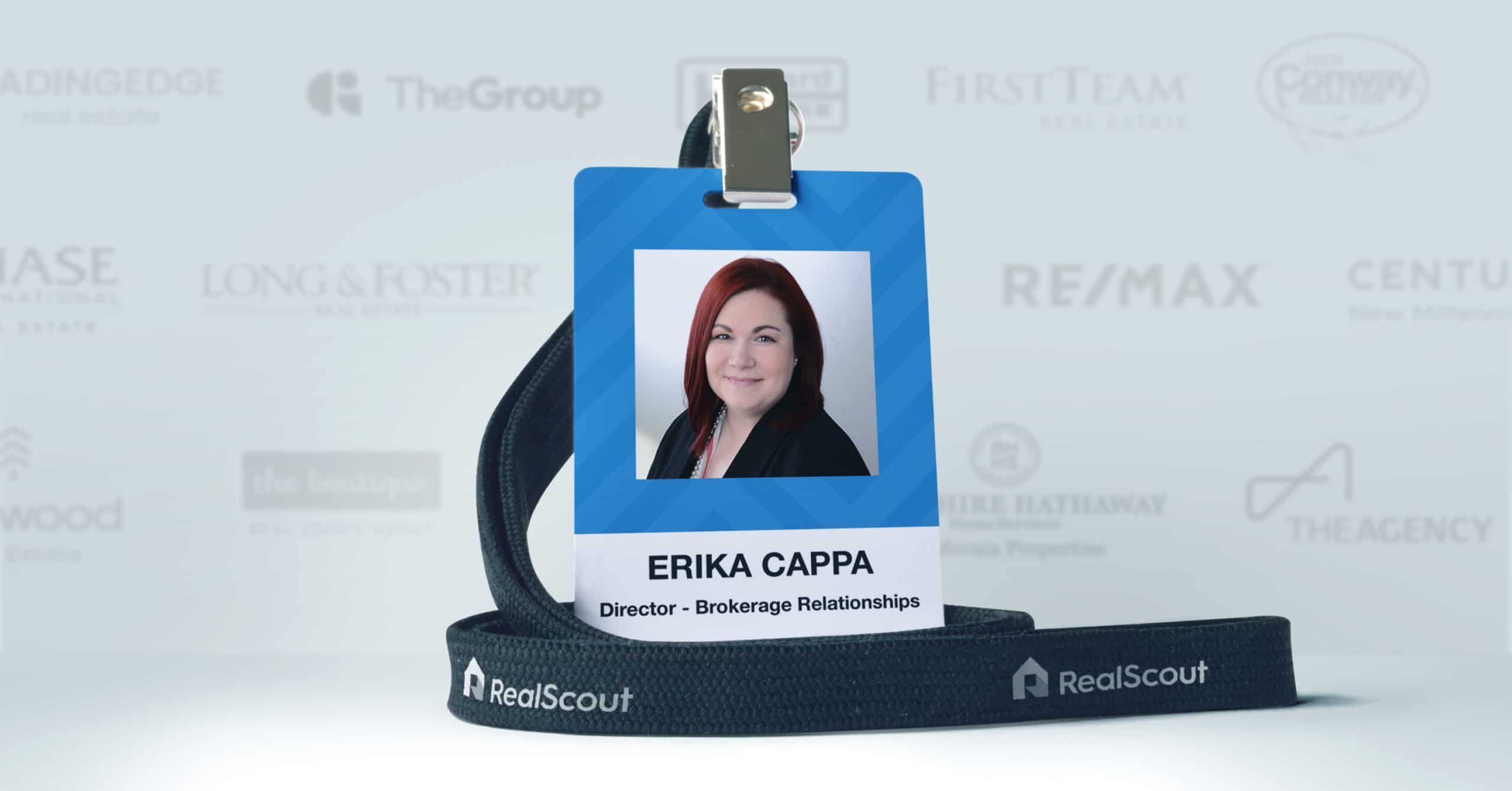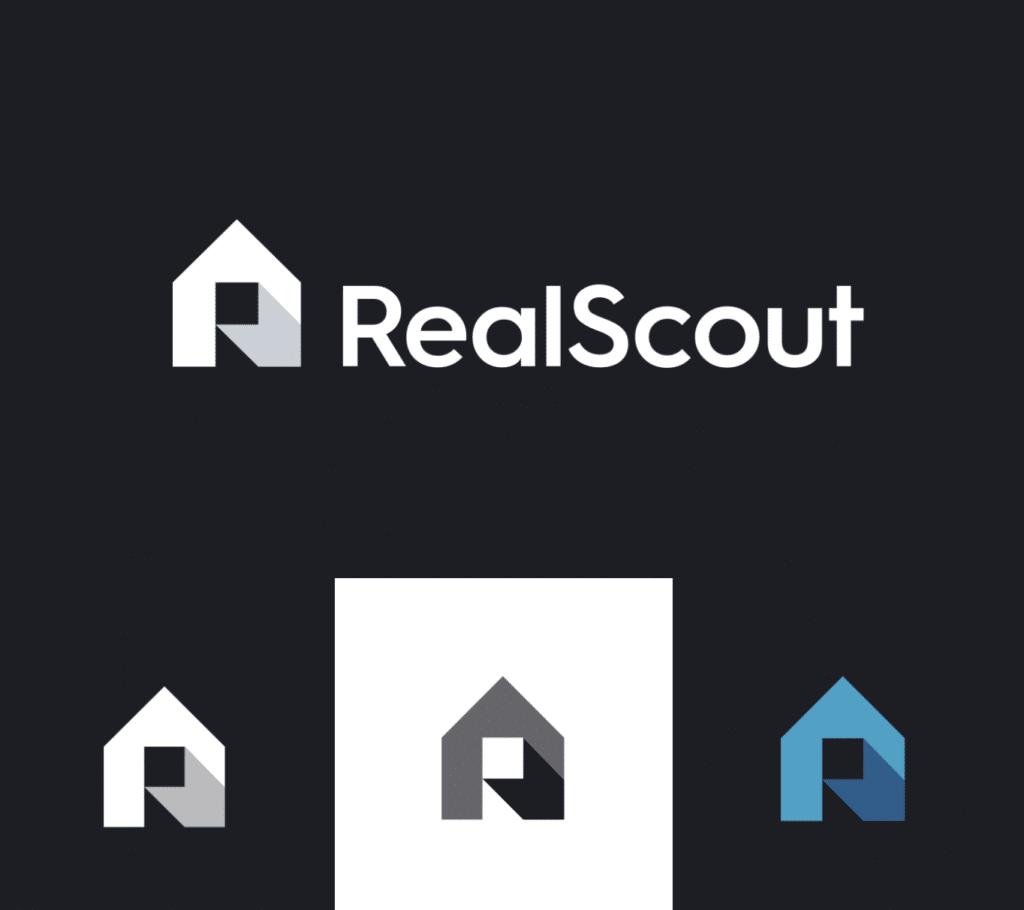
A decade ago, at the early stages of the venture capital boom that fueled the unicorn startup craze, my cofounder Michael and I began working late nights in a dinky office, our ambitions both limitless and naive. As a practicing real estate agent at the time, I knew that the industry was ripe for innovation, and we were determined to be at the forefront. That was the genesis of RealScout.
Of course, the challenges in the years ahead, unpredictable and daunting, tested our resilience and patience. Naturally, it’s this path behind us, littered with failures big and small, that led us to where we are today.
But this retrospective isn’t about how “despite all odds, we persevered and succeeded.” It’s about how 10 years on, where we ended up — and where we’re going — is so much more meaningful and valuable than where we ever dreamed we’d be.
And it’s about how grateful we are to everyone for helping us get here. Here are the stories of three people, among countless many, that helped define what RealScout is today.
Adriana Plut, Customer #1
Not long after we started our long nights in the tiny office, local Silicon Valley agent Adriana Plut unexpectedly became RealScout customer #1. It was unexpected because we met Adriana well before we had the operations ready to take on customers. Yet, during an early prototype feedback session, Adriana pulled out her checkbook (literally!) to ask how she could sign up. She saw, ahead of everyone else, that taking responsibility for her clients’ online experience was critical to her business, and she took a chance on a couple of unknown entrepreneurs. That vote of confidence was the validation we needed to complete the v1 product; that product, which to this day, is at the core of every RealScout user’s experience.
Brad Inman, Community Builder
Another game-changing opportunity was given to us by none other than Brad Inman, who let us pitch our platform during the “New Kids on the Block” segment at Inman Connect. RealScout back then was a hyperlocal solution for only a small portion of the SF Bay Area, with years of work ahead of us to become a national solution relevant for the broader Inman audience. Yet Brad saw something in RealScout and gave us a chance to introduce ourselves to the industry. That was the start of many meaningful relationships with members of the Inman community and it instilled in us the importance of delivering thoughtful, informative content when speaking to the real estate audience. As young entrepreneurs, these words (and Brad’s continued support) fueled us in times of uncertainty.
Phil Cantrell, Early Buyer Graph Champion
Third was Phil Cantrell, a fiercely independent thinker who founded Benchmark Realty in Nashville and grew it into a powerhouse that inspires brokerages across the country. Phil is not known for chasing trends and jumping on bandwagons, so we were absolutely thrilled when he embraced the importance of the Buyer Graph initiatives back in April of 2019. Buyer Graph initiatives allow brokerages and their agents to share anonymized demand data on RealScout, providing market transparency for agents and clients. It was Phil’s confidence in this model that led to the success of the Nashville Buyer Graph and the other 18 Buyer Graphs (and counting) around the country.
Adriana, Brad, and Phil were just three of many in the real estate industry who listened to us, resonated with our vision, and took a chance on us. As entrepreneurs — but also simply as people passionate about an idea — there is no better, no more meaningful show of support.
If there is one thing we did right over the years to garner this support, it’s that we stuck, almost stubbornly, to our mission: to be the technology that strengthens, not weakens, the relationship between real estate professionals and their clients.
10 years ago, our human-centric approach was seen as contrarian among the broader tech community. Today, despite all the technological and financial innovation, buying or selling a home has proven to be an inherently human exercise that requires a human relationship to anchor its success. And it can be empowered by a thoughtful, complementary technology solution. RealScout aims to be that solution.
Our team, and the future of RealScout
The story, of course, isn’t complete without addressing our team. Over the years, we’ve been lucky to have many incredibly talented people contribute to the company; but, it’s when we took the company fully-remote in 2017 that we unlocked our full potential.
Our team today is a genuinely remarkable group of highly talented individuals of all backgrounds, focused on fulfilling our mission. The simple truth is that shared success with this group of people is motivation enough.
So what’s next? Naturally, we will continue to push the envelope developing tools for brokerages, teams, and agents to help nurture and convert their clients. We’ve been consistently upgrading our platform over the years, and this will only accelerate. In fact, we’re getting close to announcing key features that expand our customers’ ability to nurture and convert a broader audience of real estate consumers.
We’ll also continue to champion an open ecosystem for real estate tech, working with various stakeholders to make sure that every user gets the experience and control they deserve. The industry has come a long way in just the last few years, and I think there’s a lot more that vendors like us can do for the good of the ecosystem.
Most importantly, we’ll continue to be the real estate tech company that empowers, not disrupts people. As seen in the anecdotes above, we are at our best when working closely with and for our customers. You can count on us to listen to you, understand your goals, and make changes to solve the most important problems you face.
10 years on, we feel a strong sense of belonging in this community and, as a result, a profound sense of responsibility.
Our aspirations as young entrepreneurs weren’t ignoble or misguided; but, where we are today far surpasses our expectations of 10 years ago. It’s a true blessing.
Thank you for walking with us the first 10 years. Here’s to 10 more!

Andrew Flachner
President and CoFounder



